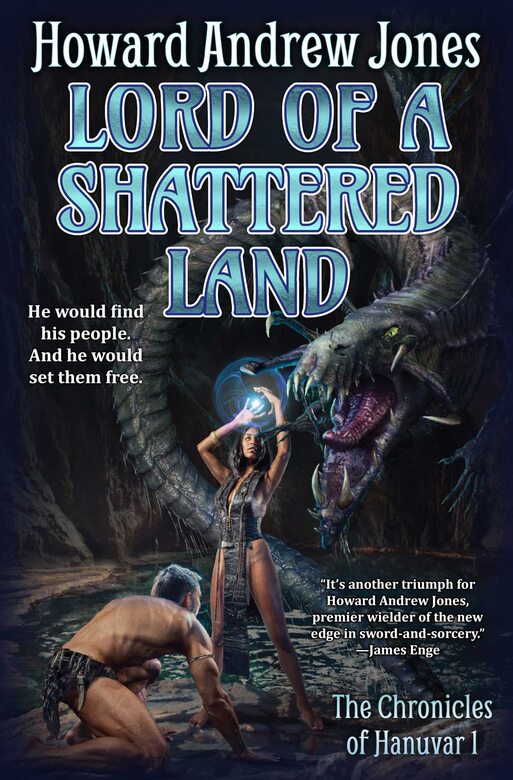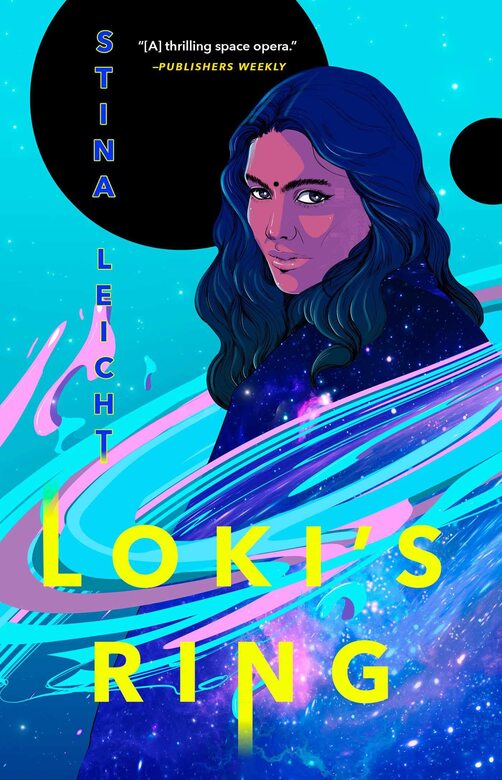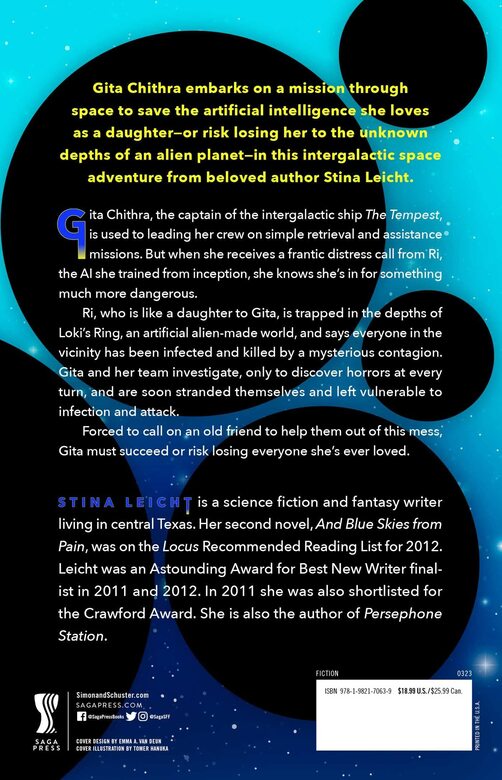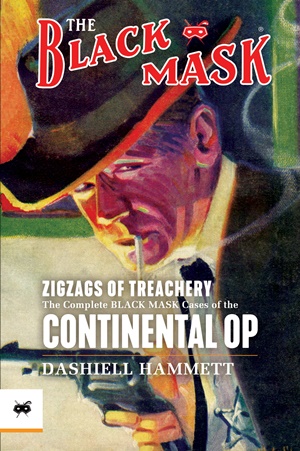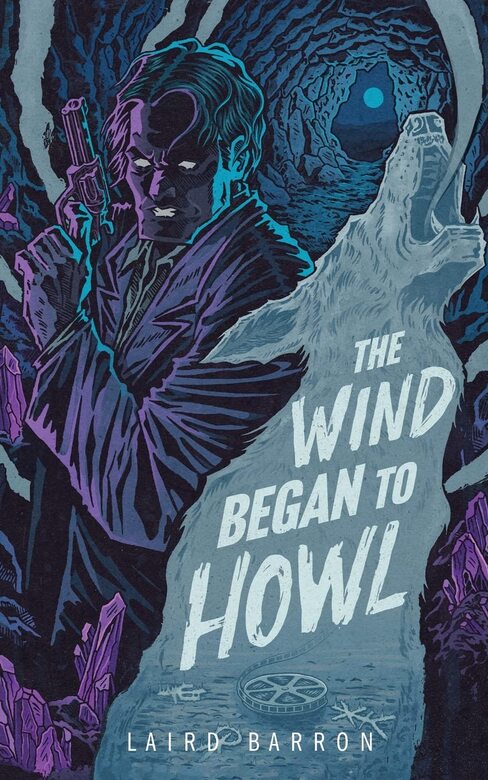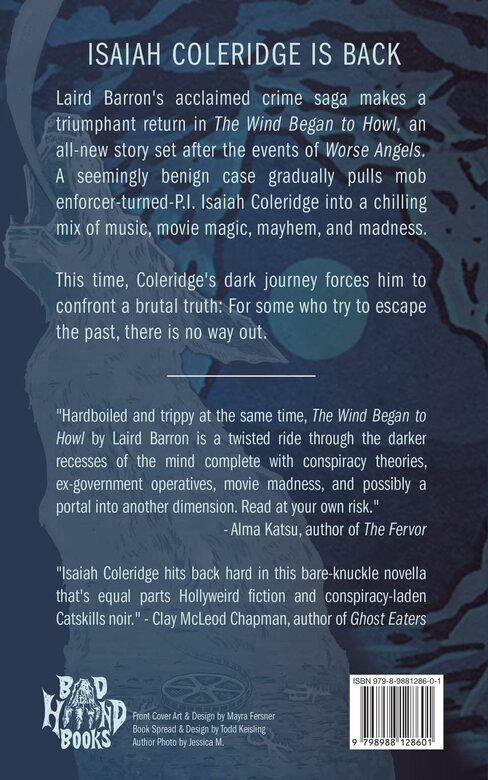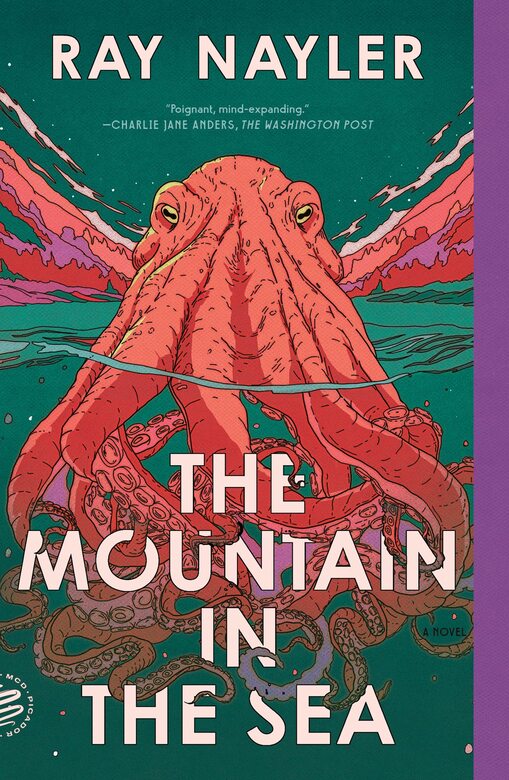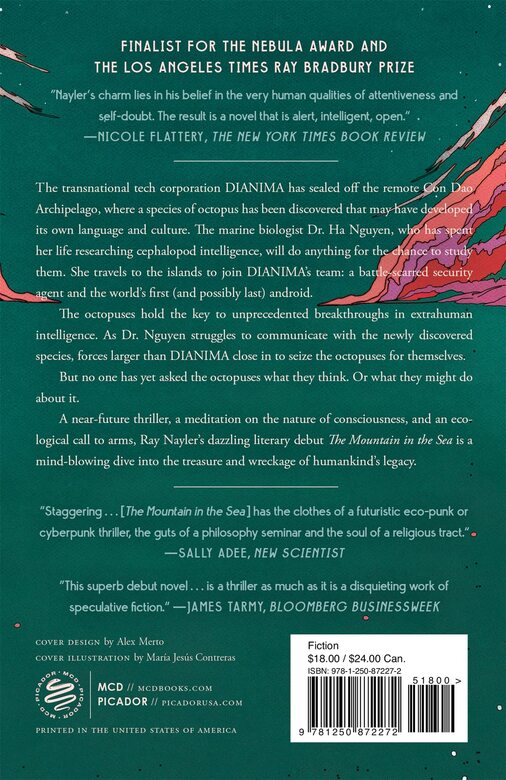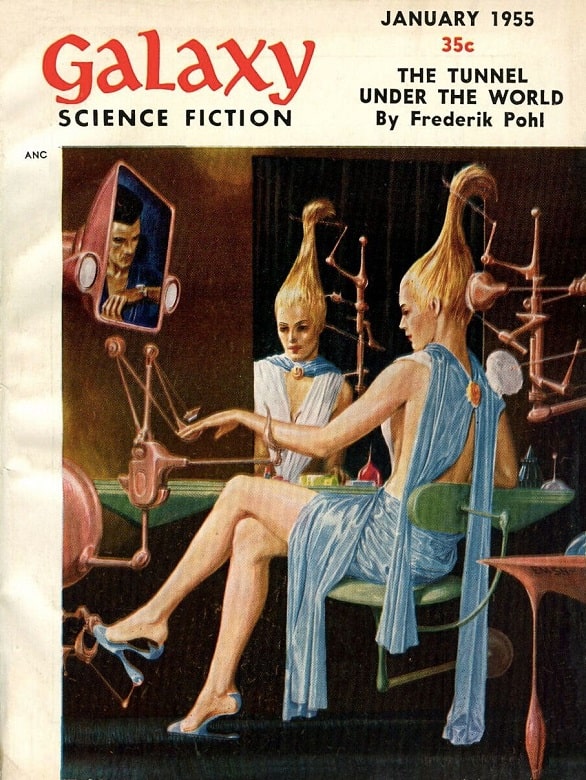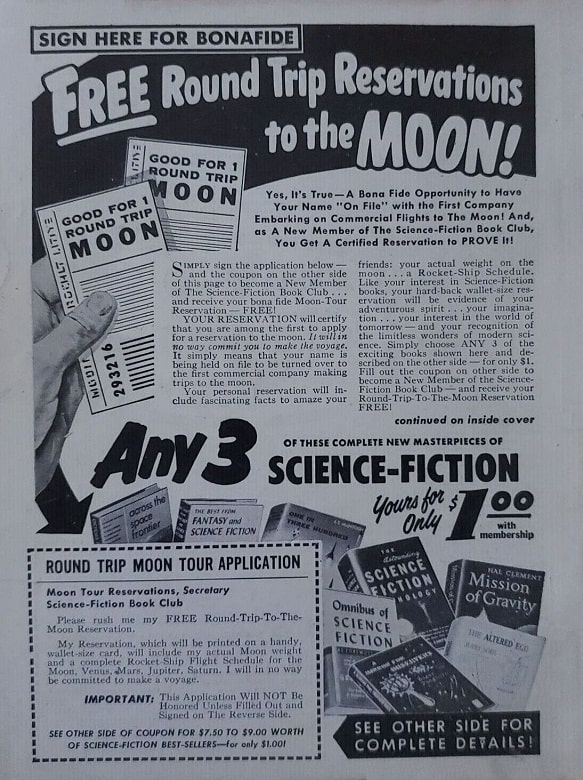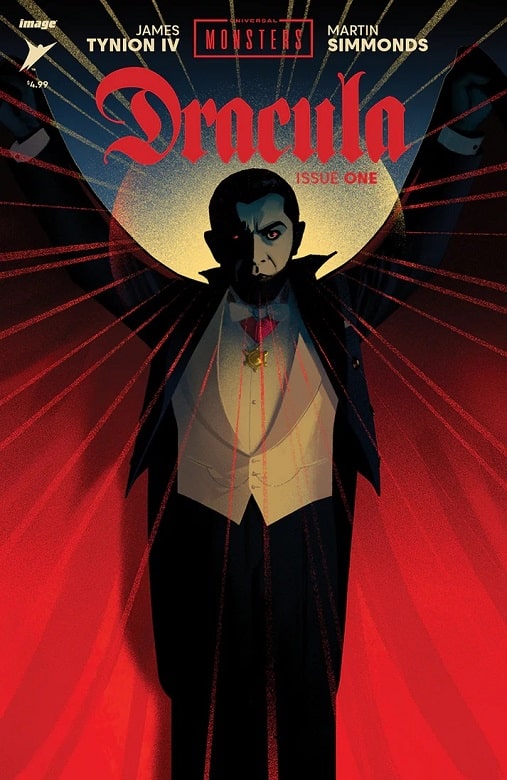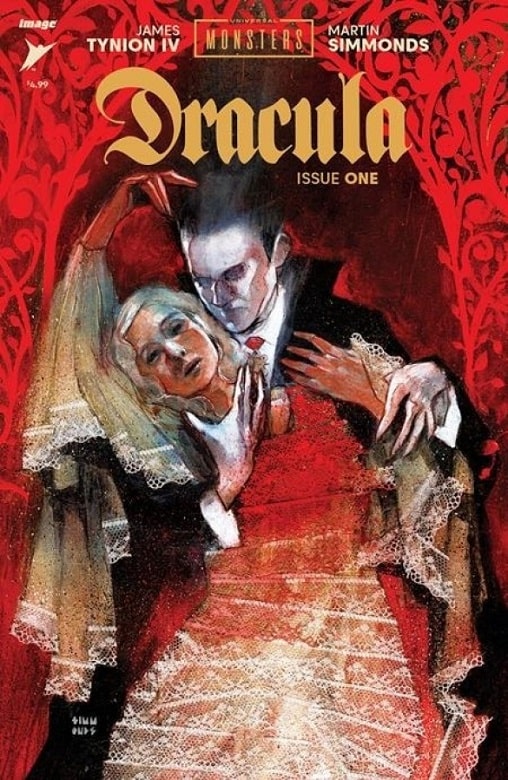This is Hanuvar’s Moment: Howard Andrew Jones’ Lord of a Shattered Land
Lord of a Shattered Land (Baen Books, August 1, 2023). Cover Art by Dave Seeley
From the beginning, Sword and Sorcery has been an existentialist literature of the outsider. The rogue, the mercenary, the outcast, the criminal: from Conan to Elric, Fafhrd to Corwin of Amber, Jirel of Joiry to Grimnir the Corpse-maker, the S&S protagonist finds themselves at odds with their society, confronted with aggressive meaninglessness and called upon to carve out their own meaning in a chaotic, ever-changing, and often hostile world. This allows them to critique their society, test its values, and even challenge its assumptions. It is an intriguing literary tradition that has been a creative sandbox for several ambitious literary artists.
But this is not how most readers vaguely familiar with the term understand the genre. Sword and Sorcery has a reputation for being puerile and violent male wish-fulfillment fantasy. This stereotype derives from several obscure causes. One major cause might be the 1960s and 70s “Clonan” (Conan + clone) type of Sword and Sorcery, an assembly of several barbarian warriors and their formulaic adventures inspired by the commercial success of the Lancer reprints of Robert E. Howard’s Conan the Cimmerian stories (beginning in 1966 and featuring the famous covers by Frank Frazetta). Though not entirely without entertainment value, this group of works features the adventures of Lin Carter’s “Thongor,” John Jakes’ “Brak the Barbarian,” Gardner F. Fox’s “Kyrik,” and many more.
